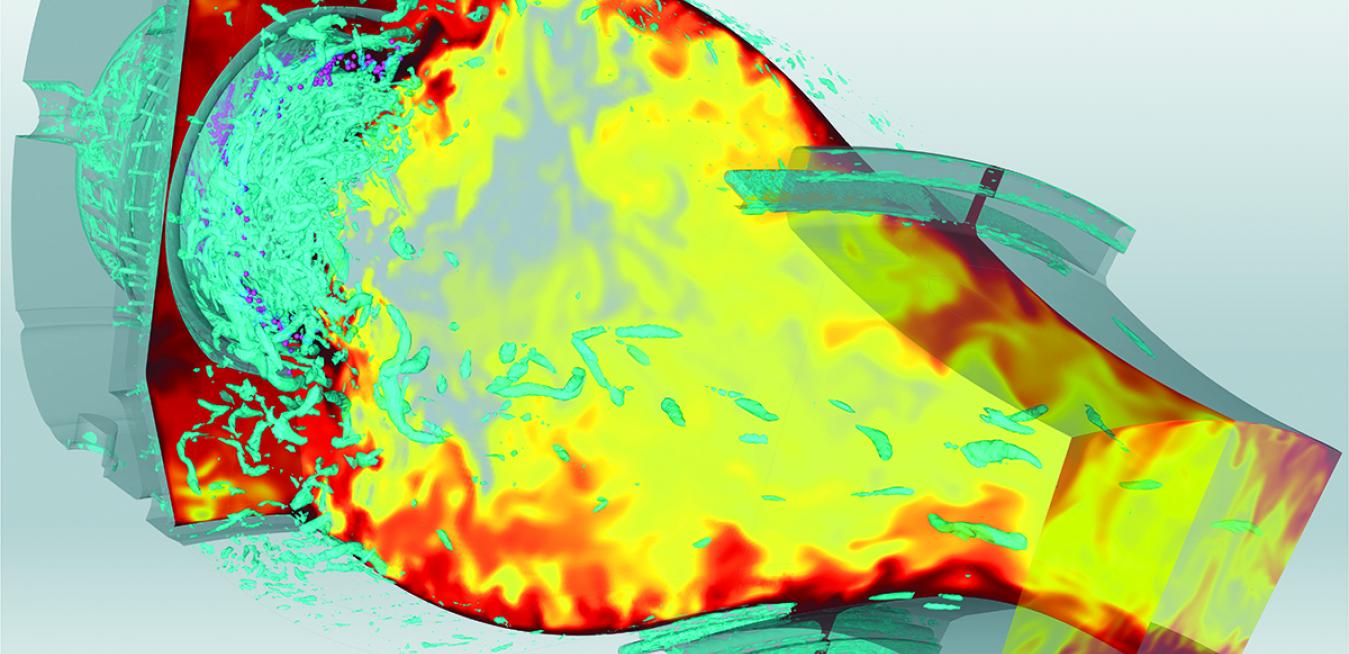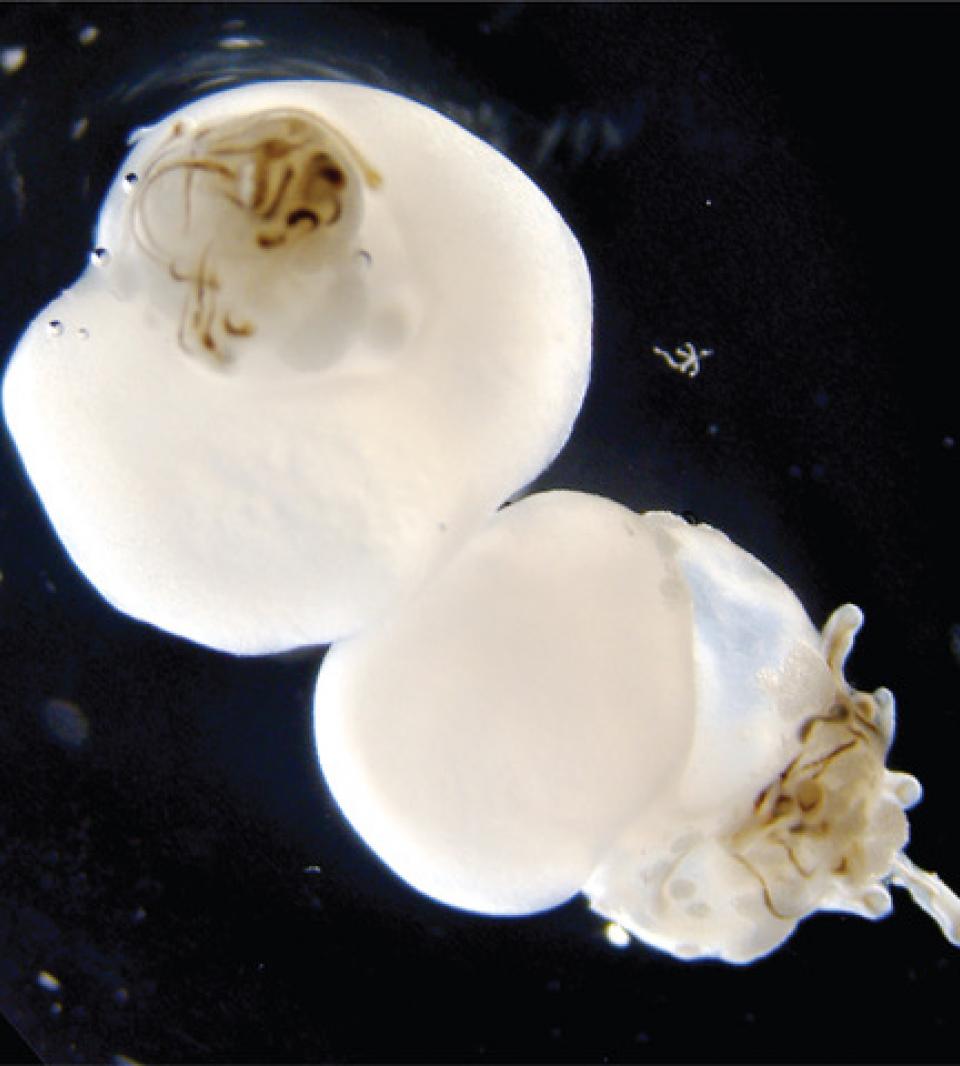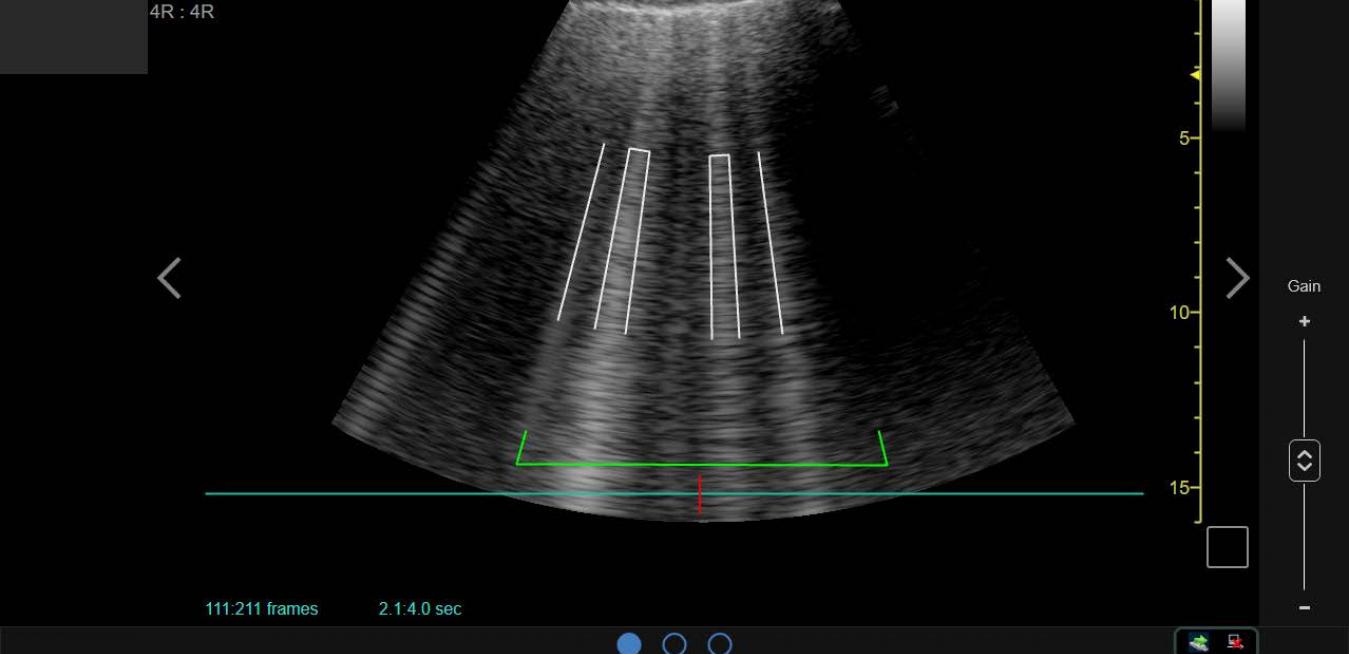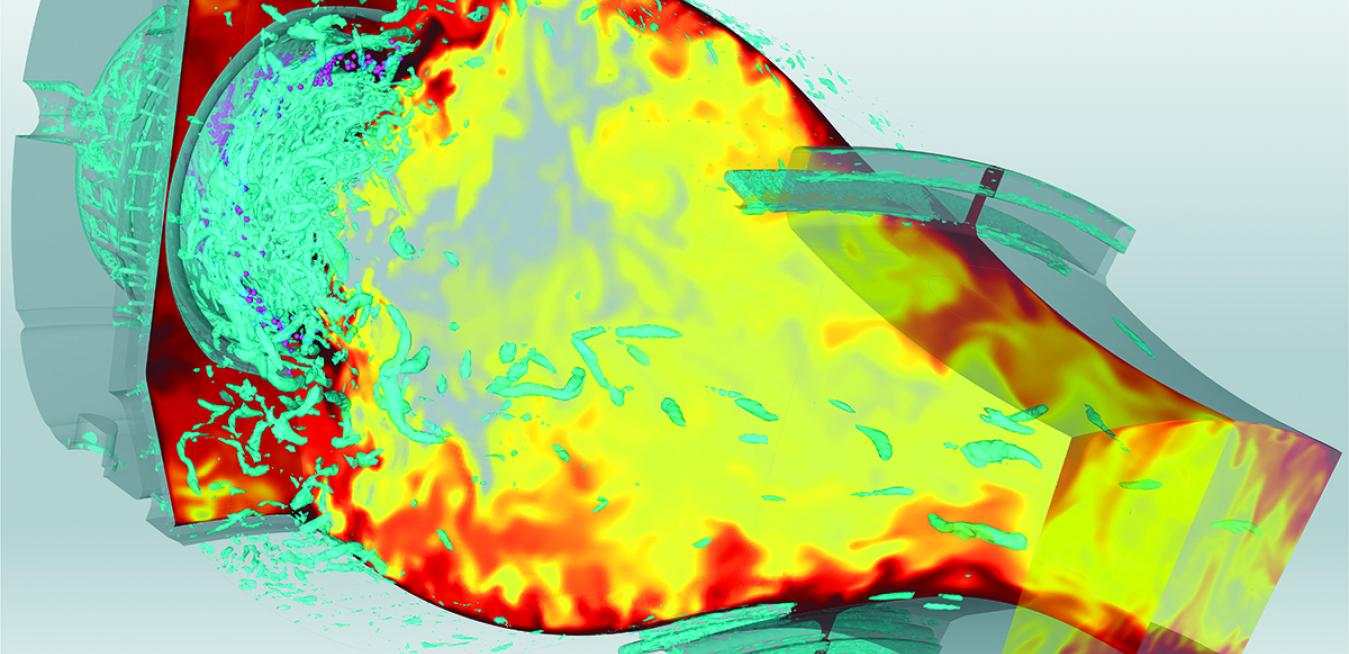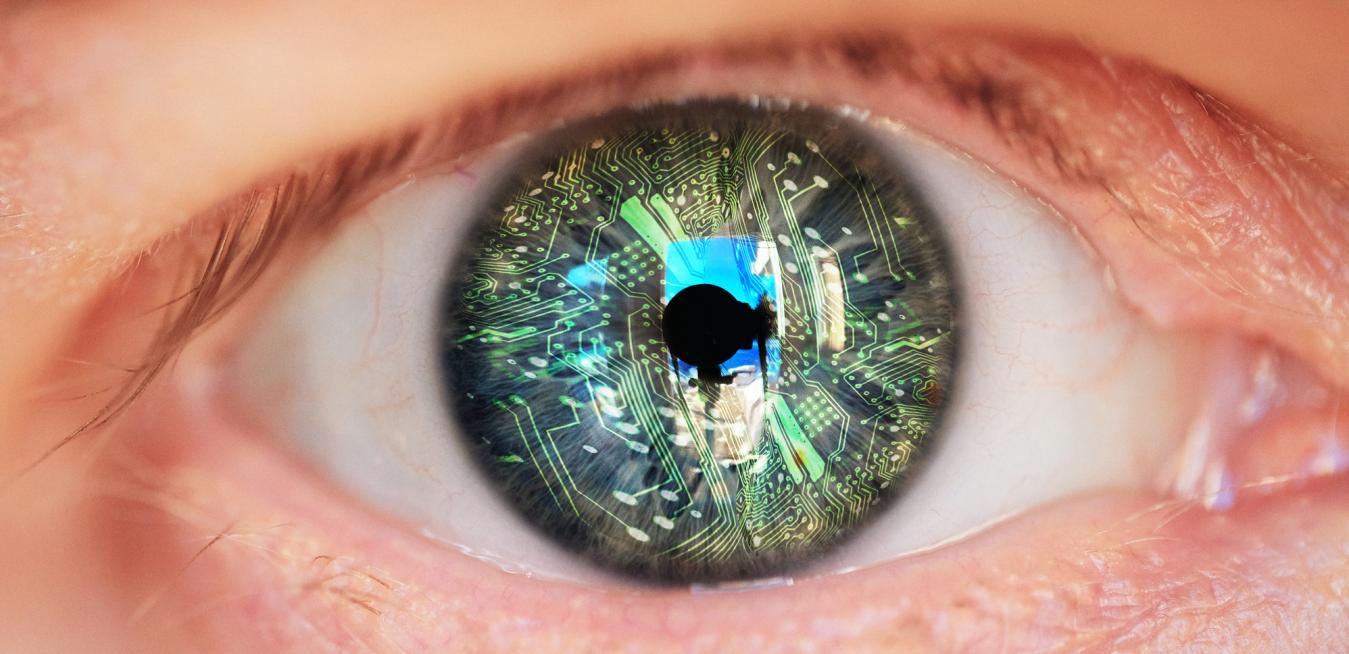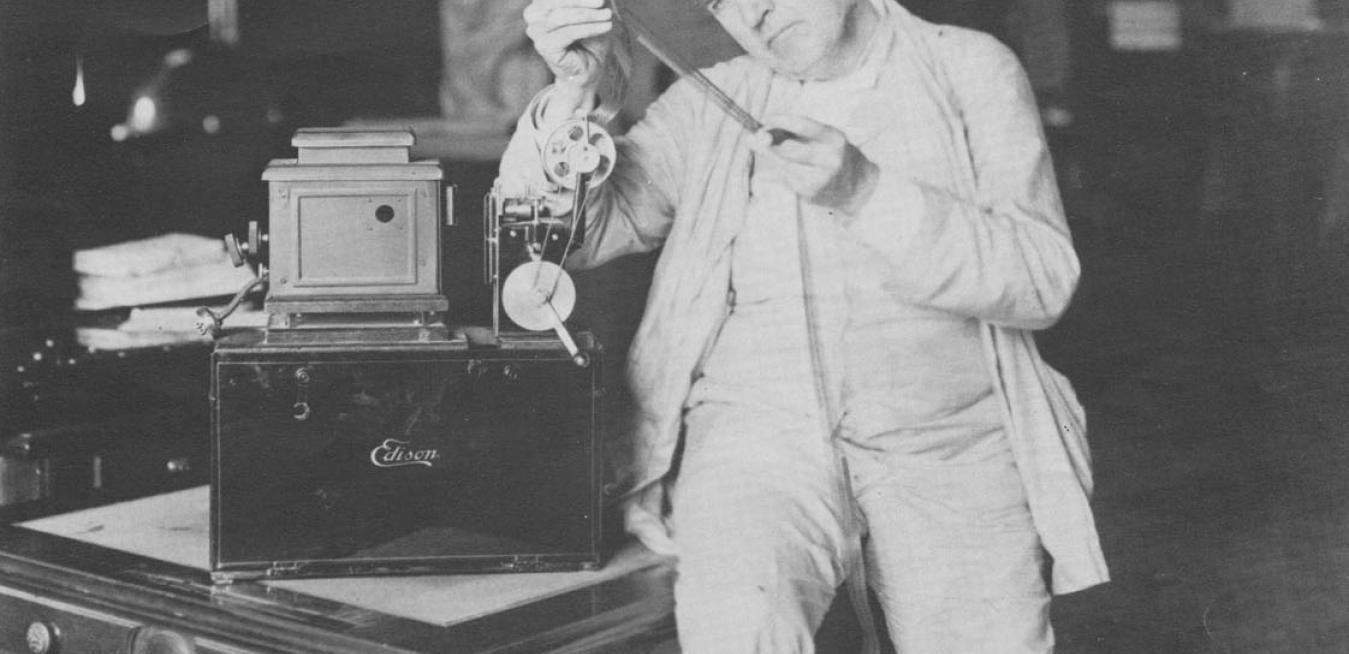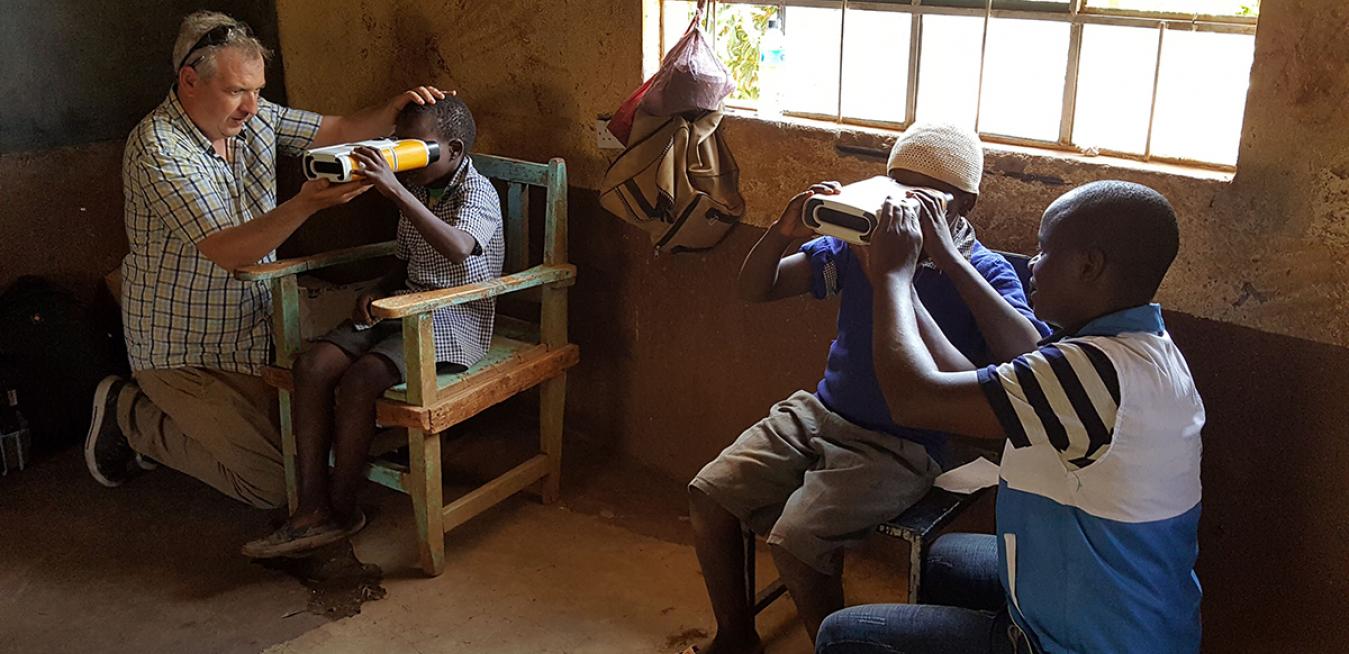Doctors, nurses and other essential workers have been playing a key part in the battle against the coronavirus epidemic. But computer scientists are also pitching in.
Scientists are using CRISPR gene-editing technology to devise treatments against viruses including the one that causes COVID-19, new microscopy techniques are enabling researchers to examine biomolecules down to the atomic level, and folks in the “skin biology community” have found themselves with a pretty hairy situation on their hands. Well, not on their hands, exactly — on a lab-grown piece of skin. Things are wild and woolly in this week’s coolest scientific discoveries.
In the early 1960s, almost two decades before George Lucas’s AT-AT walkers debuted on the big screen in "Star Wars: Episode V — The Empire Strikes Back," GE engineers started working on their own version of a four-legged people transporter. The Pedipulator, a military “walking truck," took its first stroll in Massachusetts. (See video here from 1965.)
Ultrasound machines, perhaps best known for imaging fetuses in a mother’s womb, have been around for decades. They’ve also now become an important tool on the front lines of fighting COVID-19, as doctors realized their fast deployment, flexible design and small size can save time in helping patients.
It was summer 2018, and Stephen Bush was starting to worry. Months of research were about to go down the drain if he couldn’t convince a room of his colleagues that quantum mechanics was the future of cryptography.
Concrete Gains
